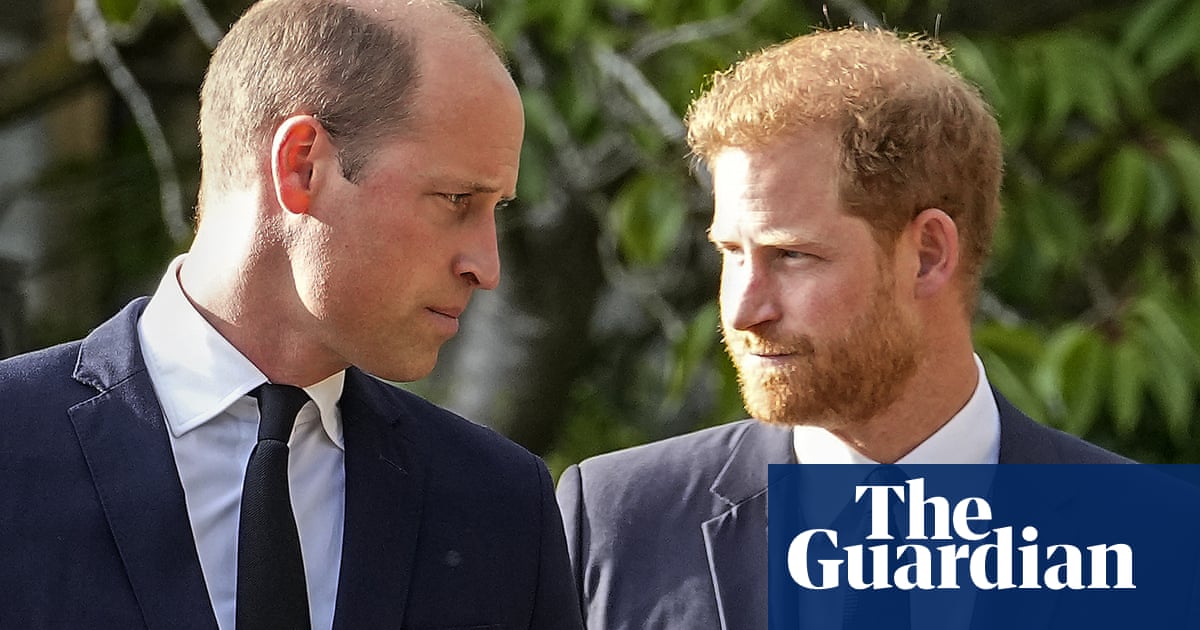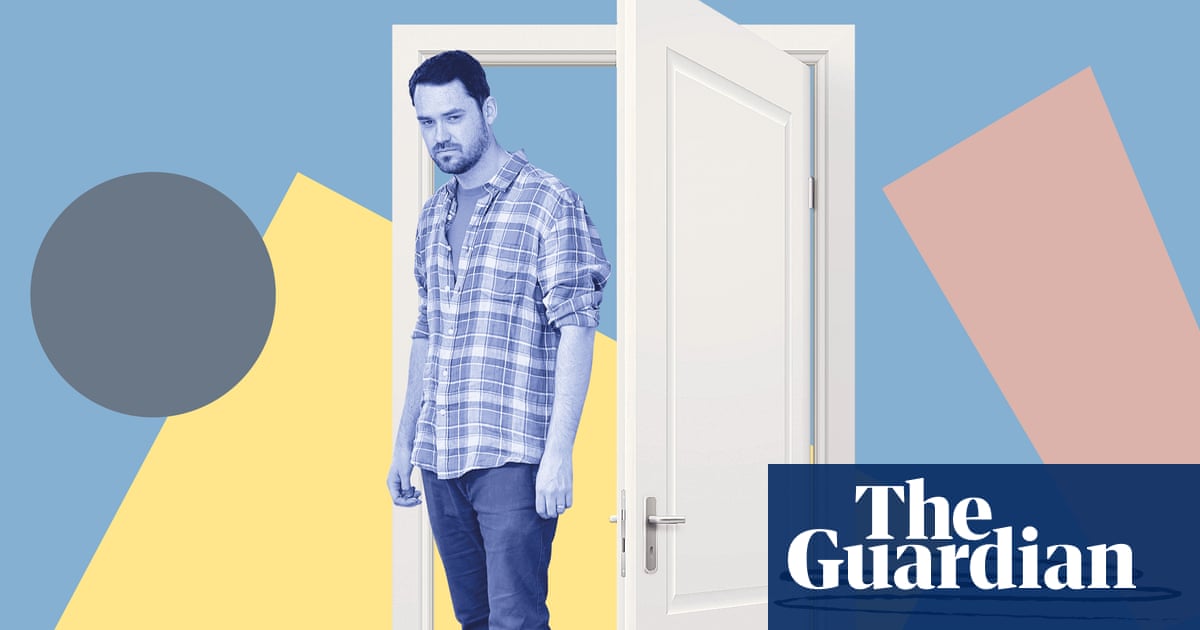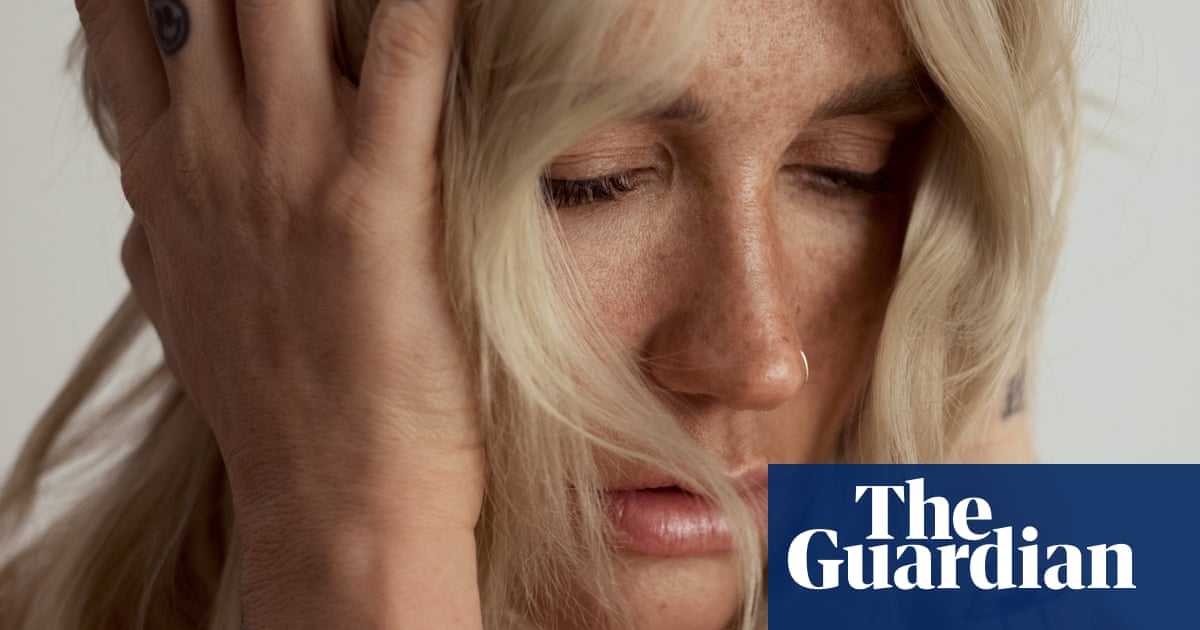
ianca Andreescu was in the middle of describing her sad summer without tennis when the doorbell rang. In her hotel room in Melbourne, where she had been locked away in solitude since arriving for the Australian Open on one of the contaminated flights, there was one big reason for the intrusion. It was time for her daily Covid-19 test. What followed was an interlude reflective to these times: she excused herself, put down her phone and, with the call still running, fielded her 13th cotton bud in 13 days.
While many of her colleagues spent the early days of their detention venting anger on the internet, the Canadian remained under the radar. Her silence was in large part because her coach, Sylvain Bruneau, was one of the positive cases.
Away from the gaze of social media, the 20-year-old held fitness sessions with her team over Zoom and “played tennis without a tennis court or balls”, shadow swinging into the night. For her enjoyment, she rediscovered the thrill of Call of Duty seven years after throwing her Xbox away because it consumed so much of her time. “My kill, death ratio on COD back then was way better than it is now,” she says. “I don’t even want to tell you what it is now.”
The challenge of being confined to one room does not quite compare with the recent struggles Andreescu has endured. Sixteen months ago she finished one of the great breakthrough years in recent times. She entered the 2019 season ranked 152 and her simple goal was to reach the French Open main draw in May, just before she would turn 19. That March, she won the Indian Wells title but suffered a shoulder injury soon afterwards.
An attempted comeback at Roland Garros lasted one match before she had to withdraw but when she returned properly she did so with an outlandish achievement: in her first two tournaments, she won the Rogers Cup on home soil in Toronto and then she beat Serena Williams in the US Open final.
When she thinks back to the joy and emotions of those days, Andreescu’s memories are scattered. Her first recollection is, to her own amusement, not the triumph itself, but the three hours it took for her to provide a sample for her anti-doping test. The second is the wave of noise from the crowd in the final.
“At 5-5 [against Williams] I was like: ‘Yo, I’m gonna do my best to win all these points so the crowd would shut up.’ Because they were so loud. After I won, I was just thinking about that. Just laying on the court, thinking about the sacrifices I made, all the injuries and setbacks or challenges I went through to get to the spot. And it all just came down on me.”
At that moment on 7 September 2019, it seemed as if the future of tennis had caught up with the present. It was exciting, particularly when she and Naomi Osaka produced an unforgettable first meeting a month later in China. Instead, Andreescu has not competed in 15 months. In the final tournament of the season, the Shenzhen WTA Finals, she injured her knee and was forced to withdraw.
There is little doubt about her talent and competitive spirit, but she has amassed a long list of injuries in her short career and it is likely that her fitness will define her future. “I don’t really like to spend much time talking about the specifics with injuries but it is part of being an athlete,” she says.
“When things like [Shenzhen] happen, I have to sit down with my team and figure out why it happened. We thought it could be poor planning. I’m trying to prevent as much as possible and hopefully I won’t have to be giving more interviews about [being] injured.”
Attempts at rehabilitating her knee, and a subsequent foot injury, were further affected by the arrival of the virus and new lockdown rules in Canada. “Like anyone, I had my bad days,” she says. “Sometimes I would just sit on my bed and cry because I couldn’t do anything.”
When the tour returned last August for the US swing, Andreescu was forced to watch the final rounds at home. Through the frustration of relinquishing her title without a defence, Andreescu leant on her established processes.
Her US Open triumph had been preceded by years of her visualising herself grasping the winner’s cheque. This time, her goals were more modest. “During this quarantine, I pictured myself on the court, playing tennis, having the same feelings, feeling the shots. All of that.
“There’s studies that show imagery works just as well, if you do it correctly, as you being on the court. That’s huge.”
Andreescu speaks frequently about meditation but her explanation of how she came to ignore her early biases is endearing. “I wasn’t into all of that, I don’t know how to say, ‘hippy’ stuff. My mum would always put these books beside my bed. At first I wouldn’t read them, but then I saw how well my mum was doing at life.
“Even at that early age, I saw how happy she was all the time and I would just see her in the back yard sitting with herself, meditating. I put one and one together: ‘Oh, maybe it’s this book that really helped her and she isn’t lying to me.’”
There are silver linings to be found in stepping away from this gruelling tour. While she was injured, Andreescu directed some of her energies into making music on SoundCloud. She was one of the few non-black players to support the movement for Black Lives Matter and she commemorated the 50th anniversary of the WTA by writing an open letter to Billie Jean King.
She believes her generation is more proactive about such issues because they have grown up on social media. “If I see injustice, I want to speak out about it because I have this platform, because I have supporters. I want to continue doing it in Billie’s footsteps and hopefully we can continue to get somewhere with it.”
For the time being, the goal is simpler: to return to the court, to resume her career and to feel like a player once more.
“I know I haven’t played in over a year, which is crazy to say. But that’s reality. And for my first tournament back I don’t know what to expect. I just want to go there, I want to feel good. Just happy to be back on court.”












